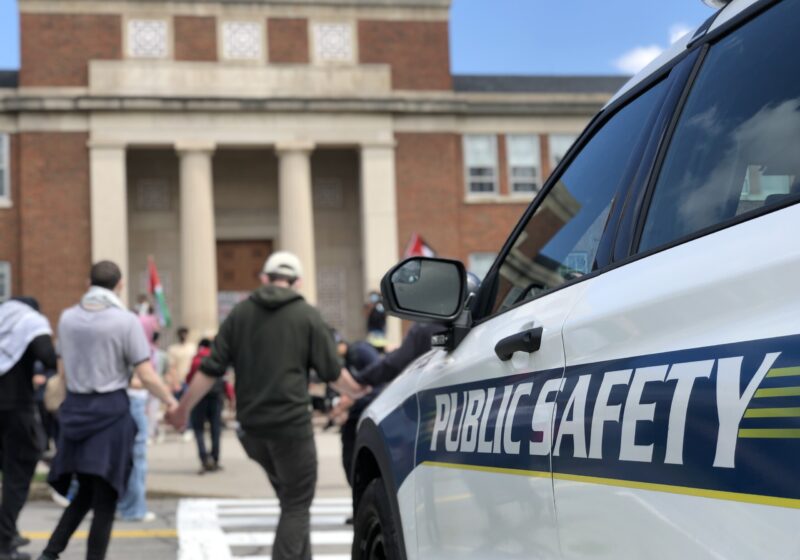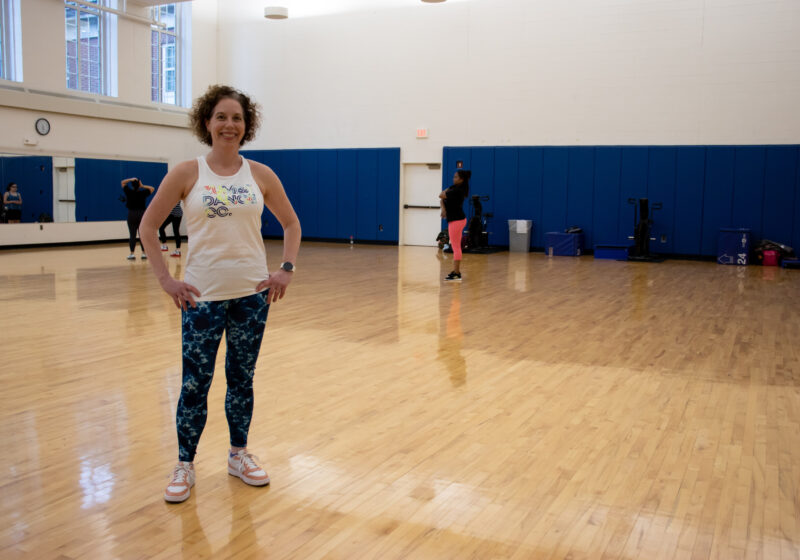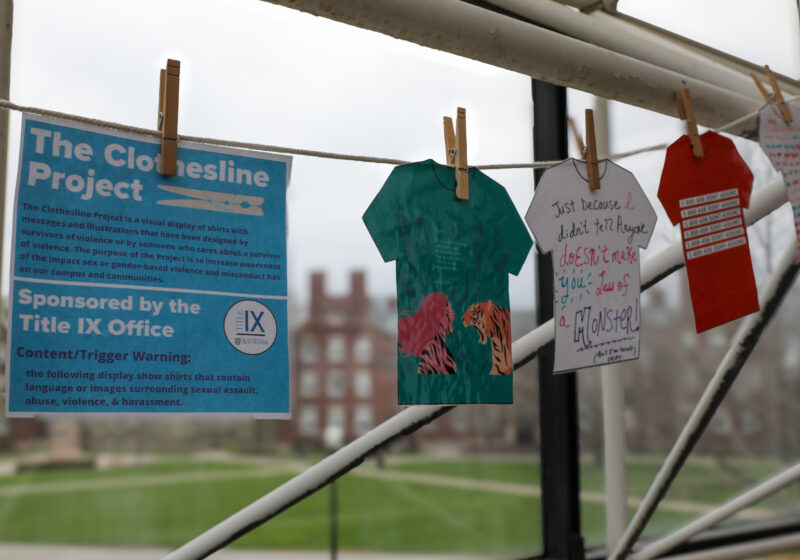As part of the Eastman School of Music’s Summer Session, the organ department organized the first annual “IMPROVFest” – a series of events addressing the oldest tradition of music-making, improvisation, described by William Porter as the one “where the processes of composition and performance coincide.”
The festival, which included master classes and concerts, brought together not only organists, such as Gerre Hancock and Jeffrey Brillhart, but also pianists. Eastman Professor Tony Caramia addressed jazz improvisation in one of the “show and tell” sessions.
Following are excerpts from an interview with David Higgs, chairperson of the Eastman Organ Department, and Gerre Hancock, artistic director of “IMPROVFest.”
CT: Professor Higgs, “IMPROVFest” was being offered for the first time at the Eastman school. What kind of audience were you targeting with this event, and who participated?
David Higgs: We wanted to give our alumni the opportunity to study improvisation at the highest level. When many of our alums attended Eastman, improvisation was not taught in a significant way. Now that improvisation is taking its rightful place in the daily craft of musicians around the world, we felt that this was one way to give a sort of “continuing education” to our alums.
We had a good mix of attendees – alumni, professional organists with no previous ESM connection, current ESM organ students, and a high school student who hopes to come to Eastman next year. Overall, there were 20 participants, with the youngest only 17 years old.
CT: Professor Hancock, what were your duties as the artistic director?
Gerre Hancock: My duties were chiefly to plan the event in detail, along with my beloved colleague, David Higgs. We had great fun in crafting an intense and intensive three days’ worth of classes, workshops and concerts, all of which included as much “hands-on” – quite literally – participation of our colleagues and students as possible.
Ruth Cahn, director of the Summer Session, made the event work in terms of the logistics. We all had a truly great time and the faculty all taught and performed superbly.
CT: Do you intend to make ‘IMPROVFest” an annual event here? Was the organization of this course sponsored entirely by the school or were there other sponsors?
DH: Yes, definitely. It was an unqualified success and everyone who attended this year wants to come back next year. It was sponsored by Eastman’s Summer Session, directed by Cahn.
We had no additional sponsorship, but we might seek that in order to lower the cost to the students.
CT: One of the master classes was titled “Pedagogy Track” improvisation. Was this master class aimed at developing teaching techniques in advanced performers?
GH: The “Pedagogy Track” was meant, as much as anything, to be a middle-level examination of the art and teaching of improvisation. Like the other tracks, the agenda was open and the students had a great deal to say about varying directions and topics and techniques which were explored. In fact, all three “tracks” were pedagogically-oriented.
CT: The concept of how to teach improvisation varies widely. To what extent did your pedagogical approach in “IMPROV-Fest” include encouraging an individual improvisational style? Does it change depending on whether you work with beginners or more advanced students?
GH: In each class section, we aimed to meet the improviser where she or he was at that moment in history. In other words, the amount of training and experience in the art of improvising was relative with each person.
We began with each student and sought to guide them in varying and various directions – led by their instincts – discovering needs, strengths and weaknesses as we went along. The results, especially beginning during the second day, were extraordinary.
In fact, the students all outperformed their expectations, which is always a gratifying experience.
CT: Improvised music has been a big part of the 20th and 21st century composition and performance. Do you intend to include chamber music improvisation as part of future “IMPROVFests” or even as part of improvisation education in Eastman?
DH: That would be wonderful. It already happens in jazz here, but I would like to see more group improvisation happen.
CT: Mr. Hancock, how do you regard chamber music improvisation as part of musicianship, and how did you incorporate chamber music improvisations during this festival?
GH: Improvising in a chamber music-making setting is perhaps one of the more challenging aspects of the art, much of which was addressed beautifully during the week. We had always before us the great inspiration of improvising in the worlds of jazz.
CT: Improvisation of service music is part of the organists’ tradition. As an organist and a musician, do you agree with the concept that music itself is neither secular nor sacred, but rather defined by the need of the audience? Why or why not?
DH: I don’t think sounds or groups of sounds are inherently secular or sacred. Certain [types of] music have associations and connotations specific to religious traditions, so music can be sacred or secular in the perception of the listener.
GH: We do incline to adhere to the philosophy of there being rather appropriateness in the style, context and content of one’s improvisations, rather than pedantic designations of “sacred” and/or “secular.”
Improvisation had not been a constant part of the Eastman School of Music’s curriculum until recently.
CT: Thank you, both, so much for your time and for sharing your expertise.
With the renowned improviser Professor William Porter joining the organ department faculty – as well as the increasing need to foster and nurture the traditions of keyboard playing – the establishment of ‘IMPROVFest” was a welcome and needed occurrence.
Both the organ department faculty and students hope that, after such high success levels, the festival will become an annual tradition at the school.
Fol can be reached at afol@campustimes.org.


